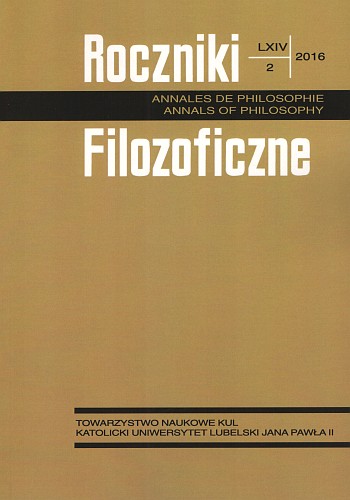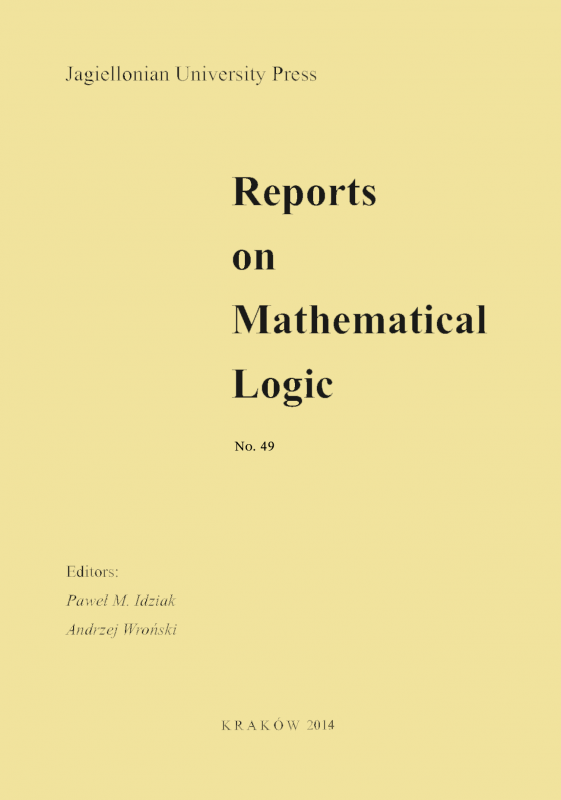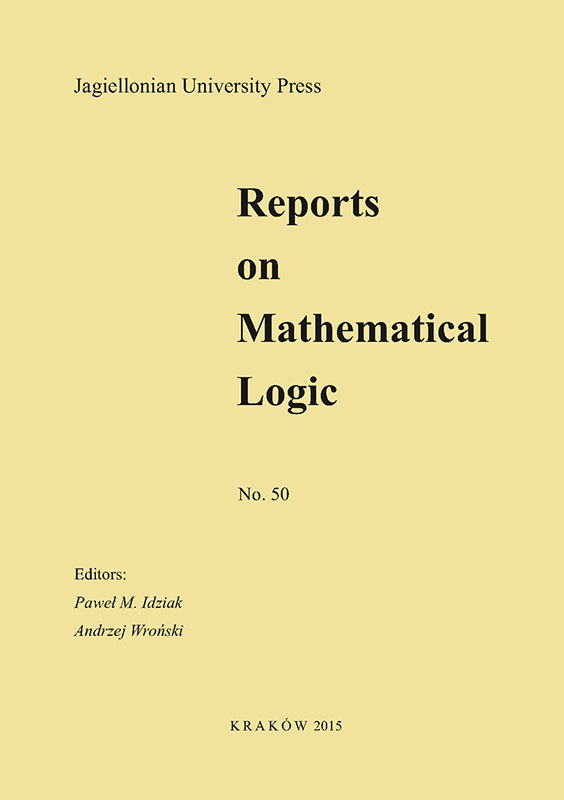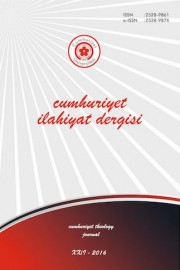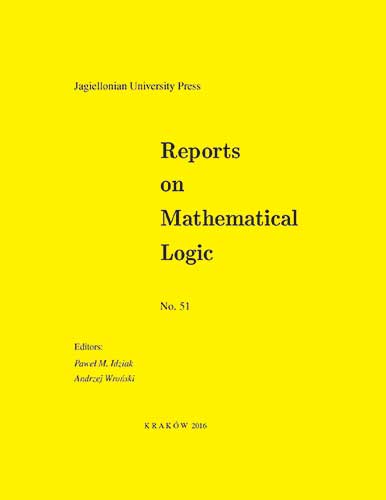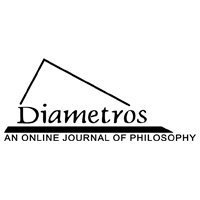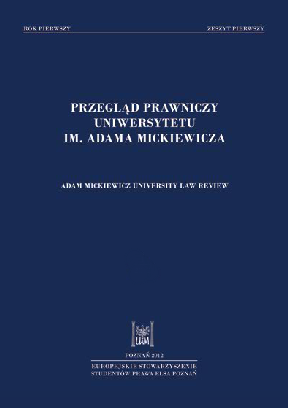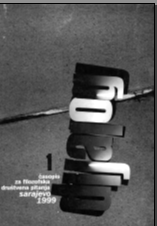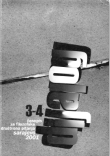Author(s): Kamil Kömürcü / Language(s): Turkish
Issue: 1/2016
Every discipline has its own subjects, principles and problems. Therefore it can be said that sciences has autonomy. However this should not mean that a science is completely unrelated to other sciences. There are connections and similarities between disciplines. Logic and Mathematics are such two disciplines that have common ground. Being both theoretical, logic and mathematics are in close relation considering the proof methods and their endpoints. Although these two disciplines have been considered separately until the modern age, this has changed since the 19th century. After this century, there have been studies on the assumption that mathematics and logic are interrelated.For example, British logicians such as De Morgan (1806-1876), George Boole (1815-1864) and Stanley Jevons (1835-1882) tried to rebuild logic by exemplifying mathematics but failed. The reason behind this should be that they neglected that logic has broader foundations than mathematics.A new approach with an opposite perspective than the above mentioned efforts was successful. According to this approach, logic serves as the foundation of mathematics and therefore a healthy relationship could be established between the two disciplines. This perspective was owned by Bertrand Russell (1872-1970) and Alfred North Whitehead (1861-1947). They suggested this new approach in their book Principa Mathematica. Another approach involves the reduction of the two sciences to each other and there have been people even defending the equality of the two. These and similar studies lead to logic being more mathematics like and mathematics having logical properties. After all this process, logic and mathematics are unanimously accepted to be closely related. The foundation of this relation has the proof concept in its core. Because both disciplines aim proofs. For instance, the initial subject of logic is the realization of proofs. The most accepted and effective method of proof is syllogism. For this reason, the most important subject of logic is syllogism. Syllogism, on the other hand, is based on deduction. There is a similar situation in mathematics because in it too one can reach the absolute proof using deduction. However, while in logic the proof is made using verbal concepts, words and symbols; in mathematics it is done using numbers. Returning to syllogism, the founding subject of proof in logic, it is a reaching to a conclusion based on two or more premises that are accepted to be true. The most correct one of this is called the predicative absolute (categorical) syllogism. Aristoteles, the founder of logic science, and his followers especially considered this type of syllogism. This type of syllogism have 64 patterns based on the quality and quantity of the constructing premises and 256 patterns depending on 4 schemes and places of the middle term. Only 19 types are found to be valid considering the rules of the predicative absolute syllogism and the special conditions of the schemes.The subject of this survey is the Venn representation of these 19 patterns, which are quite important in showing the relation of logic and mathematics. Additionally, it is also mentioned how this method will help the logic education and how it can be interpreted based on this purpose. In our work, we observed the positive and negative aspects of our work in terms of education and teaching, just like any other method. Let's first talk about its positive sides. In institutions where a verbal oriented education is dominant, there is a bias towards sciences that involve numbers such as mathematics. The syllogism patterns that the logic science has, by being symbolically represented can be important in reducing this bias. It can be useful that this method is graphically, and thus differently shown.The afore mentioned method will be a lot more helpful and easy to understand for the people that have undergone a quantitative education and have background in such fields. For the teacher as well this is useful to teach to such audience. Considering the teaching techniques, this method is more constructive compared to the classical memorization techniques and compatible to the existing teaching methods.Considering the downsides of the method, Venn representation requires extra drawings and information in contrast to the classical method. Thus it can be said that this method may result in some loss. Additionally the miscarriage resulted by the combination of sketches, scans and shapes can cause the final result to be wrong.To an audience with a verbal education who lacks a quantitative background with a bias towards mathematical representations and processes and used to a memorization based education system thus less conforming to the constructive education, this method may bring trouble and loss of time. For the teacher, this method may result in the loss of energy and time as well.As a result, this method may be valuable to be given alongside with the classical method. In this manner, the two methods will complement each other with respect to the understanding style of the student and thus may make teaching more successful.
More...
